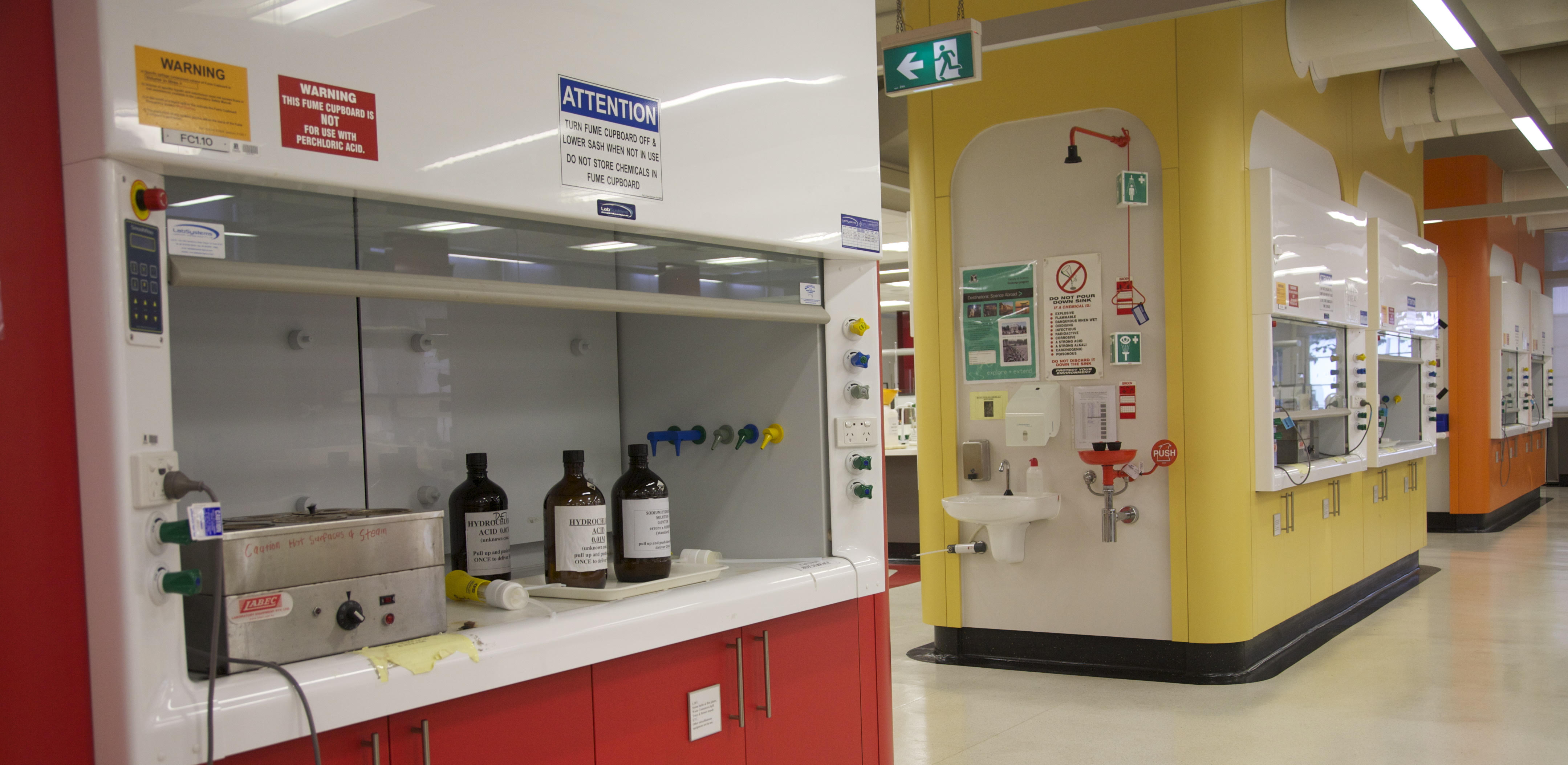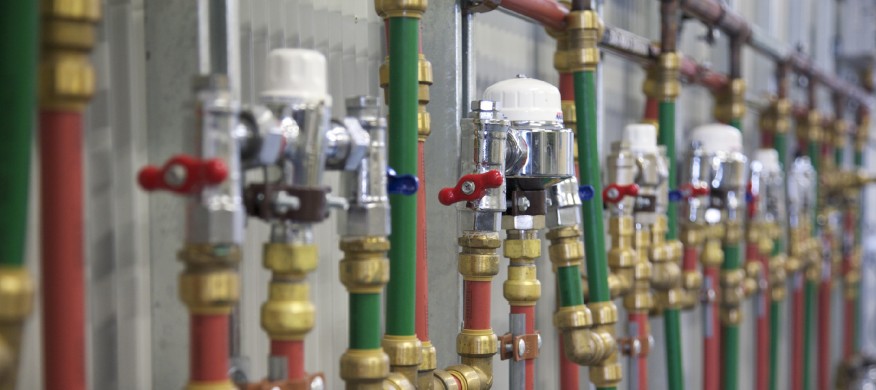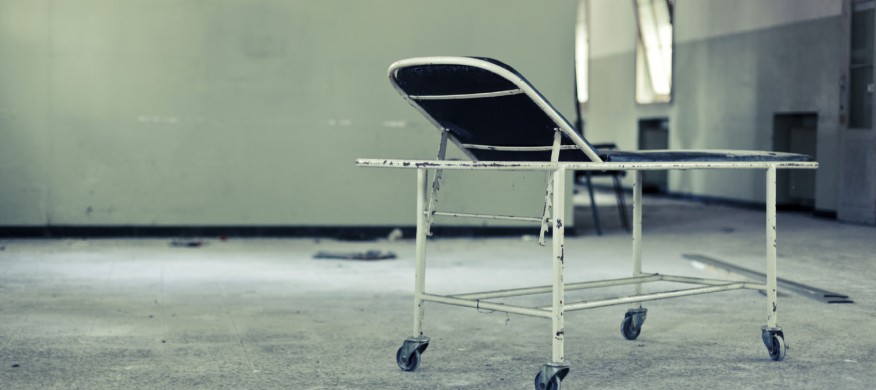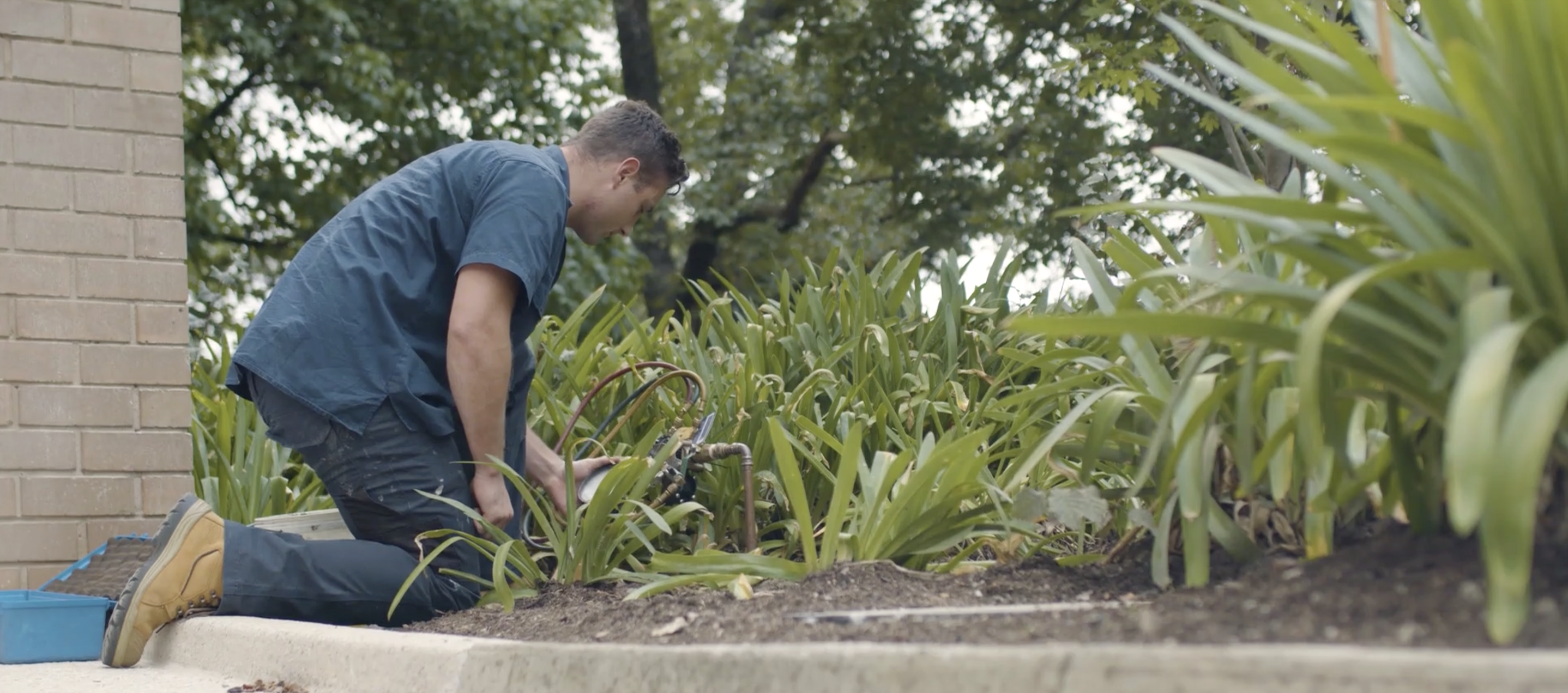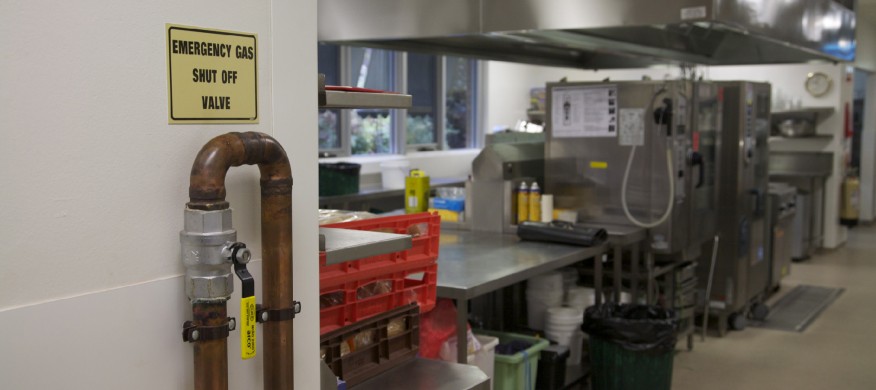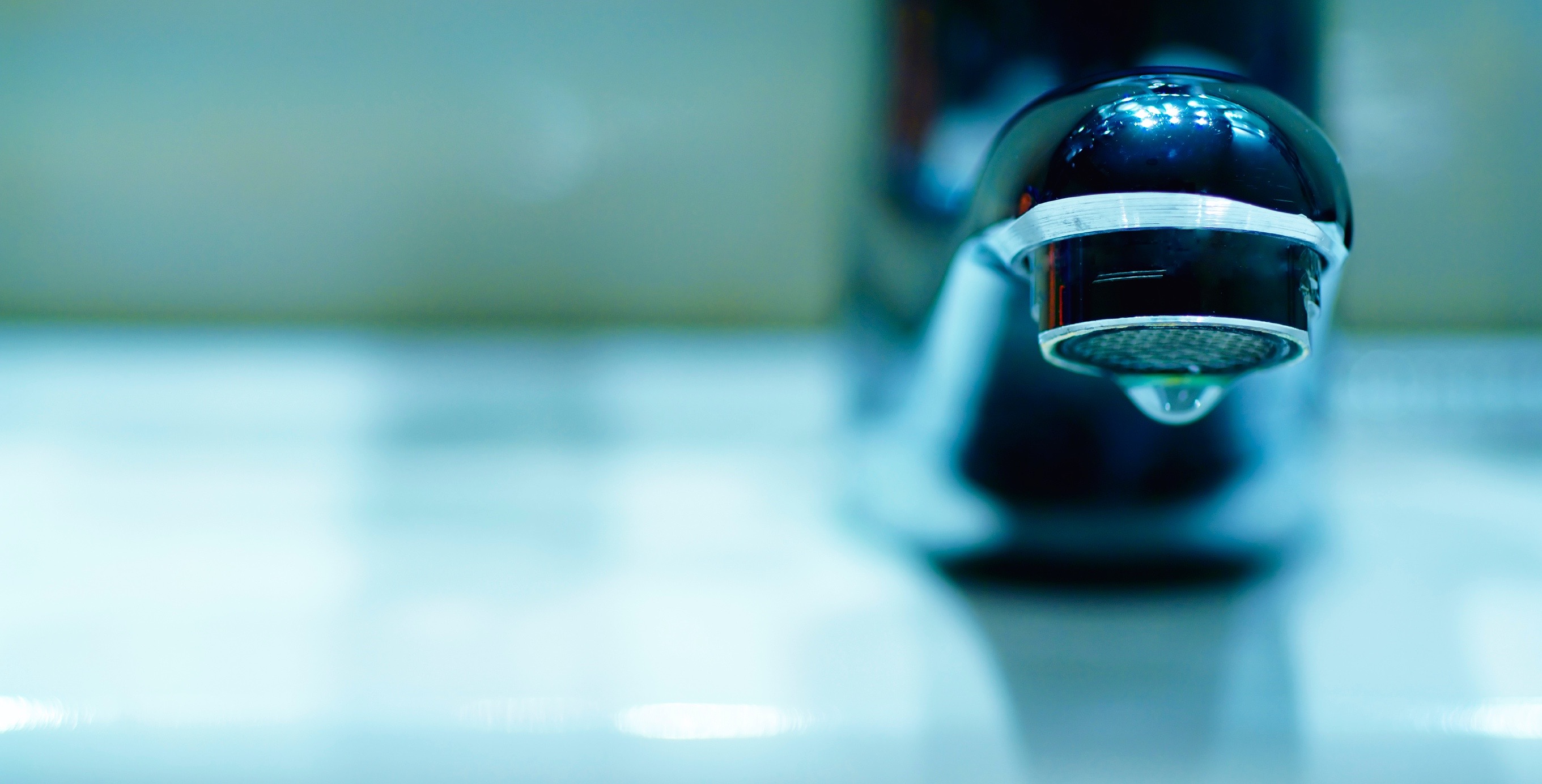
Did you know that Melbourne has enough water and sewerage pipes to encircle the entire globe? That’s 52,343 km at the last count, according to Living Victoria, a $50-million initiative supported by the state Government. Their point? Nearly all the water we use in the city is pumped from out of town – and we need to do something about it. While the cost of importing water goes up every year, we continue to waste more water than we use – nearly 900 billion litres annually, or enough to fill Sydney Harbour twice over. That’s water we could use for…

